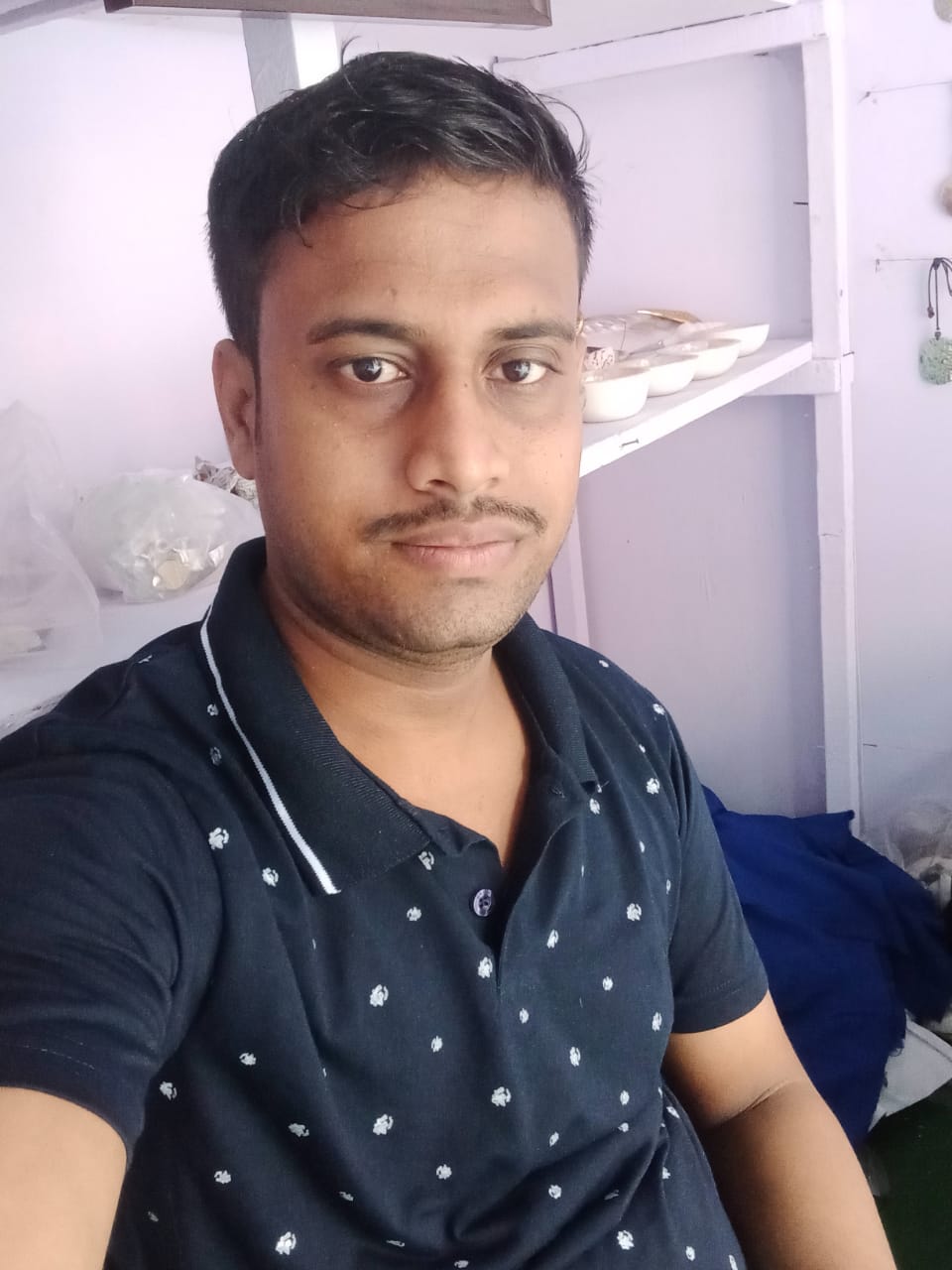
Decoding Sustainability
In the heart of Bengal, craftsmanship has been an intrinsic part of the local culture for centuries. Shoubhik, a passionate artisan, has been immersed in this world for the past six years, working alongside his uncle, who has been in the business for over 35 years.
What sets Shoubhik’s craft apart is not only the intricacy of his work with shells and mother-of-pearl but also his dedication to preserving a traditional art form that is slowly fading. While many artisans have left the craft due to its labor-intensive nature, Shoubhik remains committed to protecting and promoting this skill, ensuring that it lives on through his work.
His creations, popular both locally and internationally, are a blend of sustainability and meticulous craftsmanship, offering a unique glimpse into Bengal’s artisanal heritage.
Haati- What Inspired You to Start This Business?
Soubhik- My uncle has been in the business for 35 years. Growing up, I was always fascinated by his work and how he was keeping the craft alive. When I realized the art was slowly dying, I knew I had to step in to preserve it.
Haati-Was There a Specific Incident That Motivated You?
Soubhik- I’ve always loved handicrafts since I was a kid. It wasn’t one moment, but the natural flair I had for crafting that pushed me towards this business. I knew this was where I belonged.
Haati-How Popular Are Your Products, and Where Do You Source Your Materials?
Soubhik- Our products are well-known, especially in Kolkata. But we also cater to clients across India and internationally. We use black mother-of-pearl and shells from Myanmar, abalone shells from New Zealand, and golden shells from America. The river shells, which are local to India, are very popular, especially with foreign clients.
Haati-What Traditional Techniques Do You Highlight in Your Work?
Soubhik- Everything in our process is handcrafted. The most labor-intensive part is carving the shells, which requires precision and patience. We pay attention to the smallest details, which is what makes our products unique.
Haati-Who Are Your Primary Buyers?
Soubhik- We have a mix of buyers. Wholesalers, NGOs, non-NGOs, foreign clients, and people at exhibitions are all interested in our products. The diversity of our clients helps keep the business going.
Haati- What Led You to Start a Sustainable and Eco-Friendly Business?
Soubhik- We use waste shells from the seafood industry, like mother-of-pearl, that would otherwise go to waste. It’s important for us to use these materials to create something beautiful while also being environmentally conscious.
Haati- Is the Business Profitable?
"The business is profitable enough to sustain us, but it’s more about preserving the craft than making money. We need to keep this art alive for future generations, and that’s the driving force behind what we do.
Haati- Can You Walk Me Through Your Creative Process?
Soubhik- First, we source the shells. Then, we soak them in muriatic acid to clean them. After rinsing them in freshwater and drying them, we put them into a grinding machine to remove any residue. The final step is carving, which is all done by hand.
Haati- What Challenges Have You Faced, and How Have You Overcome Them?
Soubhik- The biggest challenge is the lack of artisans. Fewer people want to learn this craft because it’s so time-consuming. To keep it alive, we try to make more modern items that will attract people’s attention and interest them in the craft.
Haati- What Are Some Common Misconceptions About Your Products?
Soubhik- People think that shells are too fragile and can break easily. While they do need to be handled carefully, they’re actually quite strong. Another misconception is that we get all our shells locally, but we actually import a lot of them because not all shells are suitable for crafting.
Haati- Can You Share a Memorable Customer Experience?
Soubhik- I’ve had many, but one that stands out is when a woman was completely amazed by a piece of jewelry made from abalone shells. She couldn’t believe something so detailed and beautiful could come from what most people think of as waste.
Shoubhik's dedication to preserving the traditional craft of shell art, passed down from his uncle, has become more than a livelihood. His work with sustainable materials like mother of pearl and shells has garnered international recognition, making his intricate pieces beloved by buyers from all over the world. His passion for craftsmanship and the heritage of his craft continues to inspire the next generation of artisans.